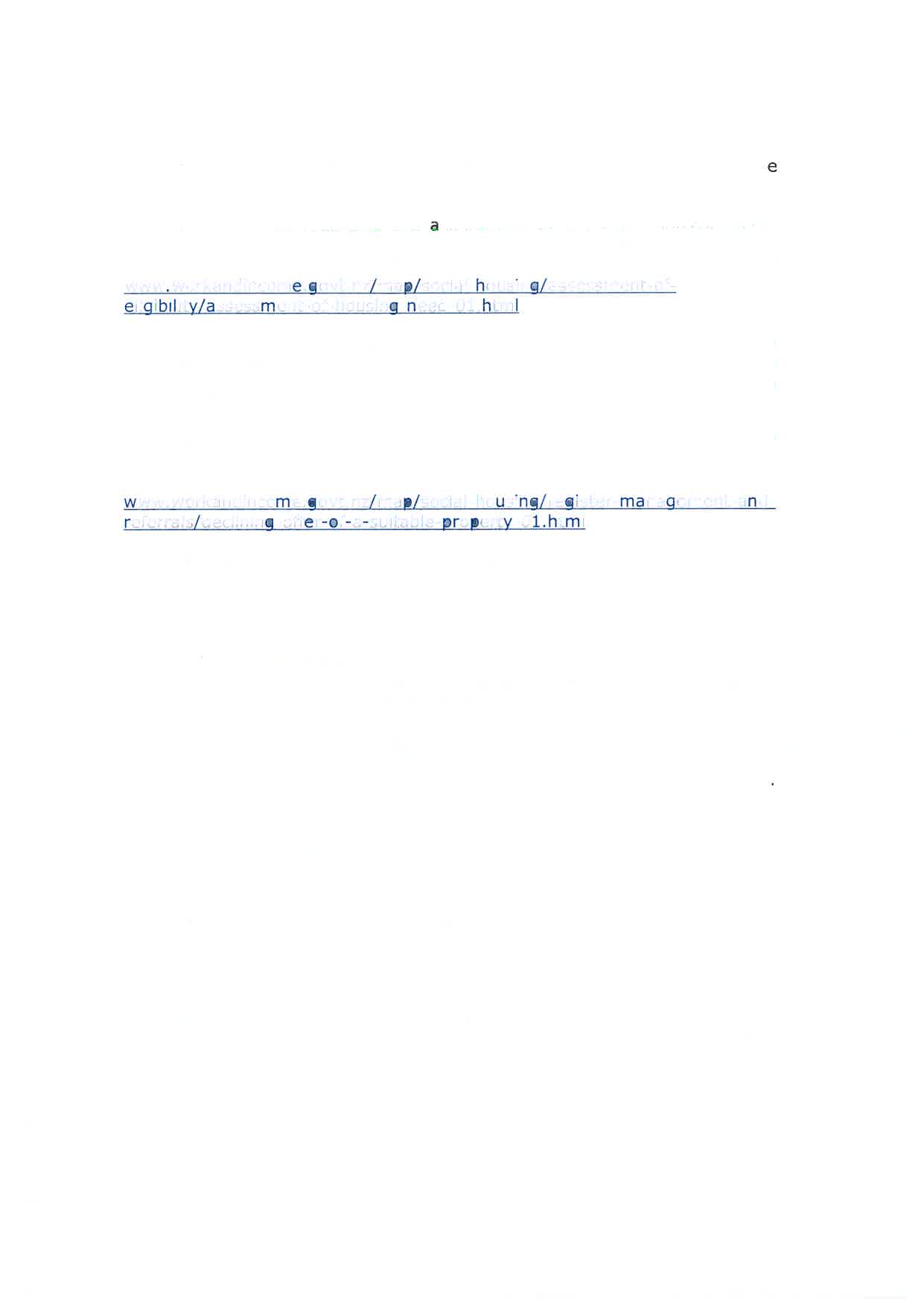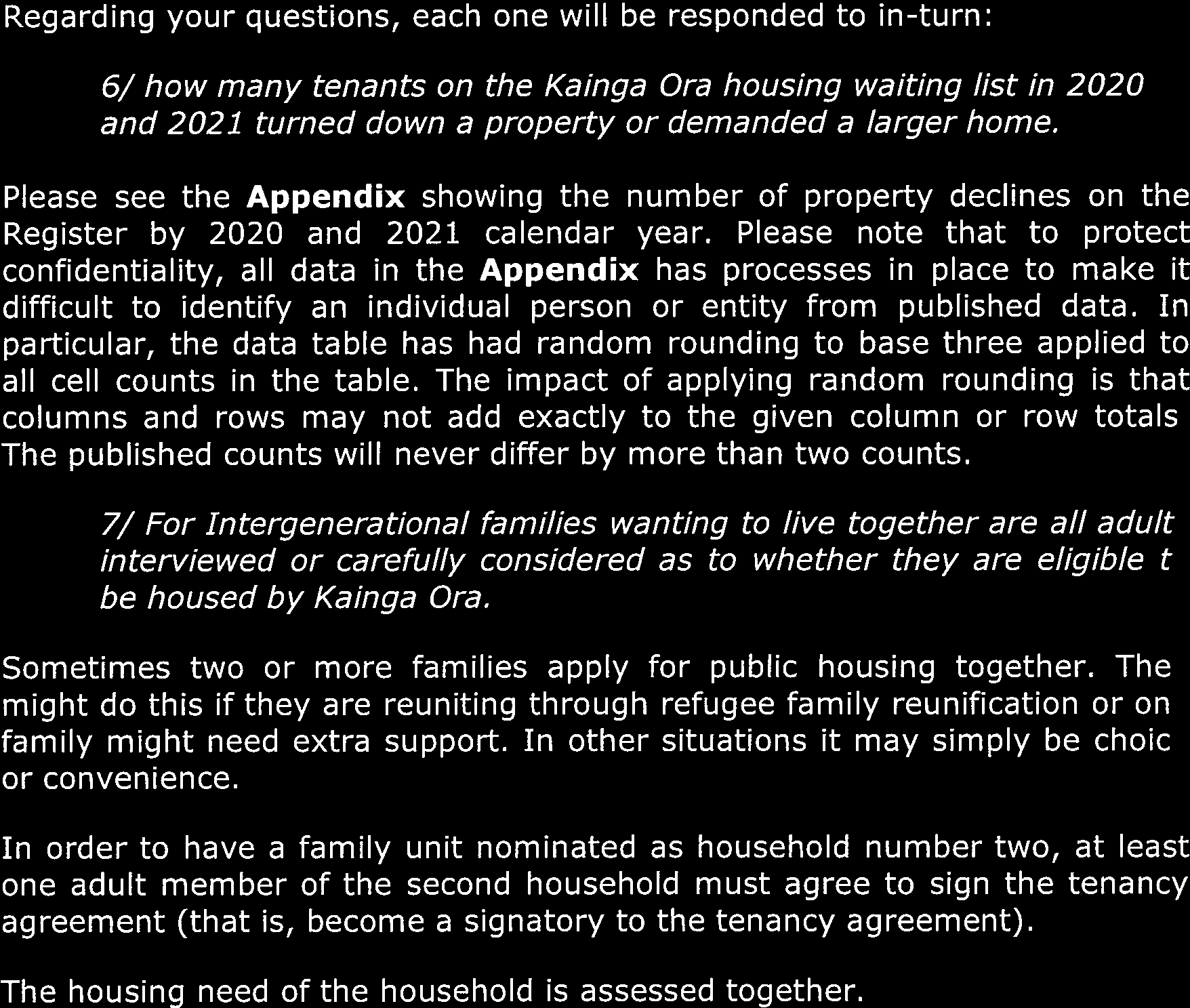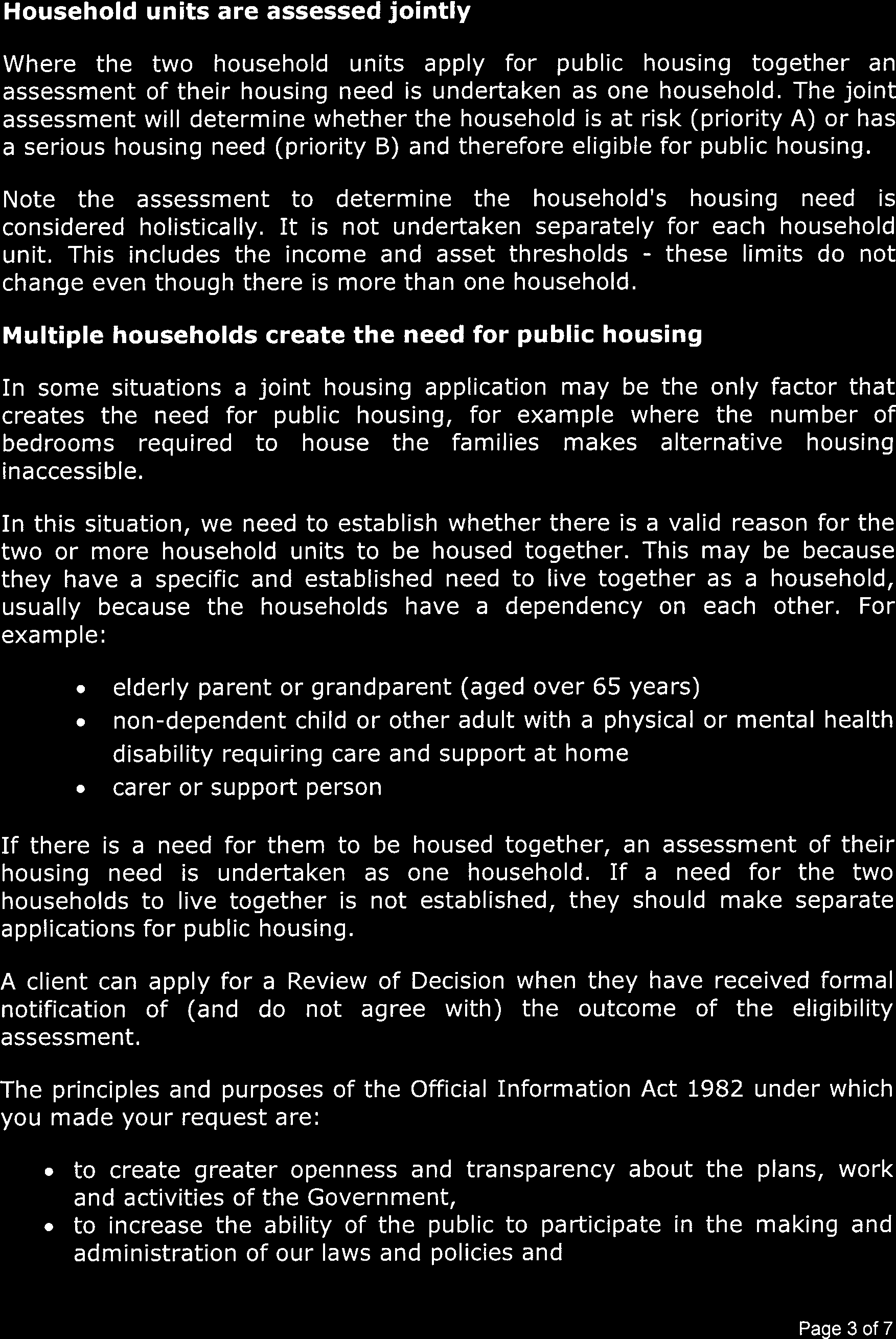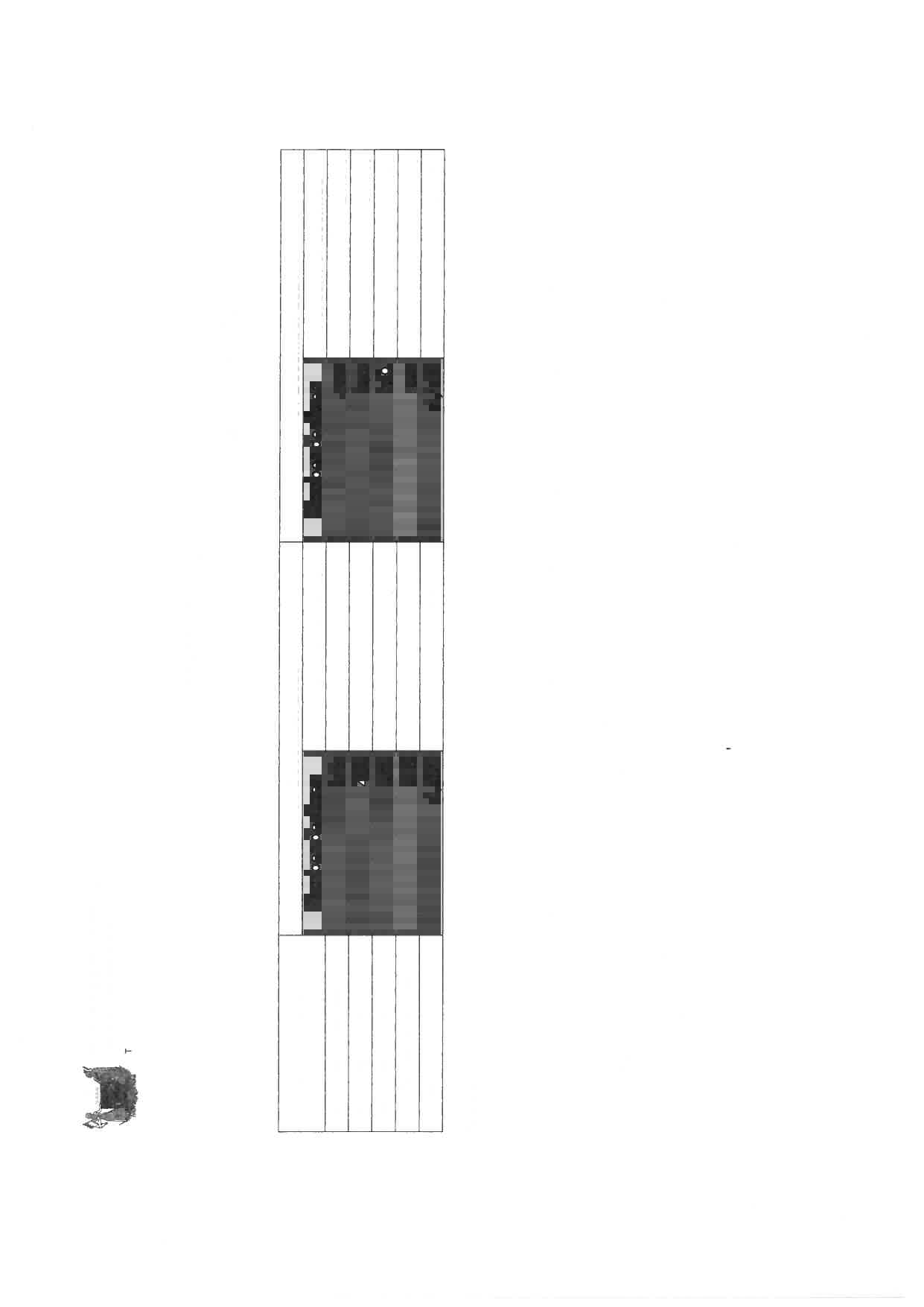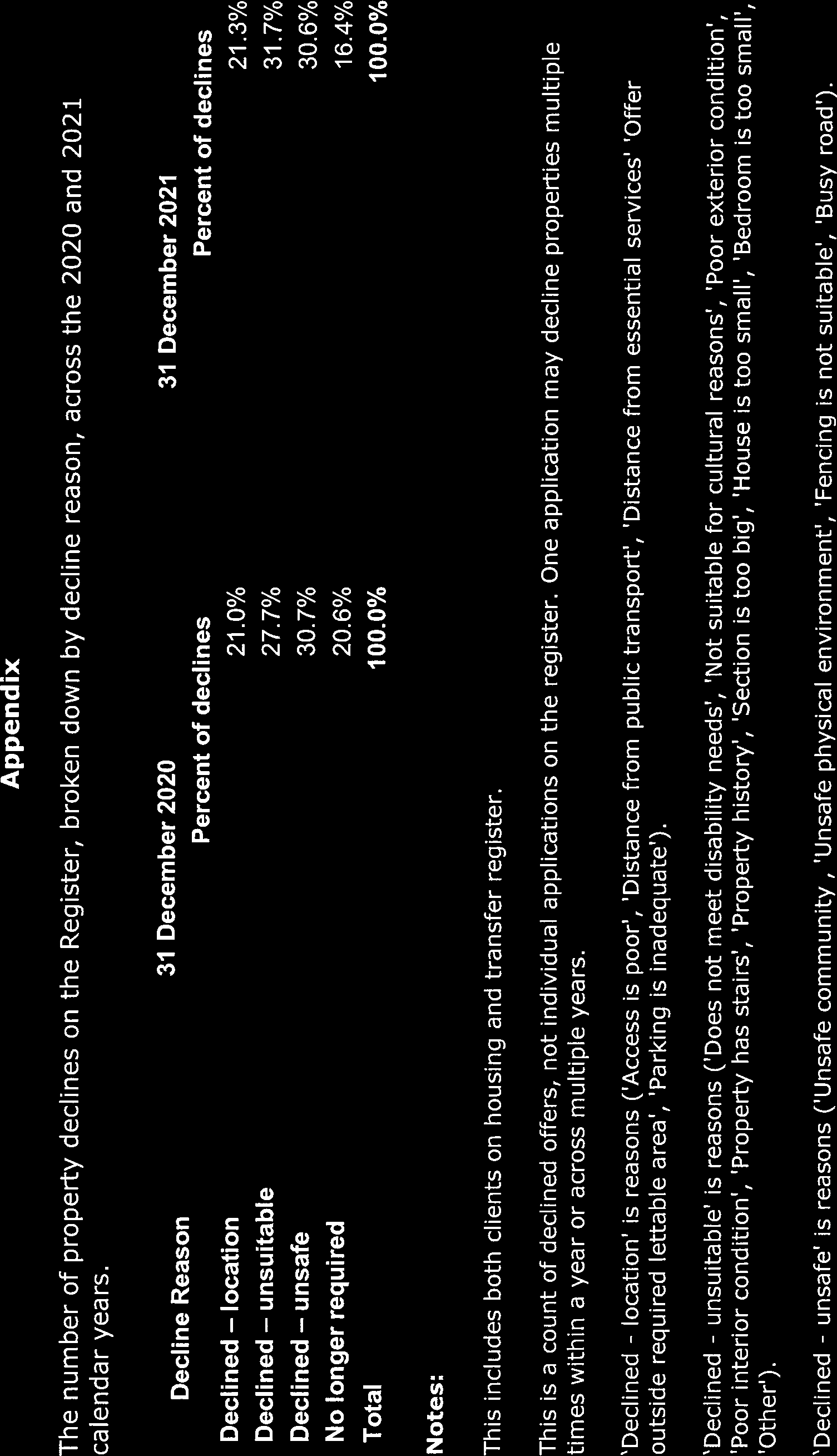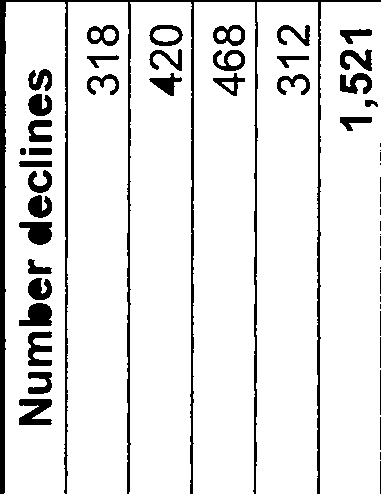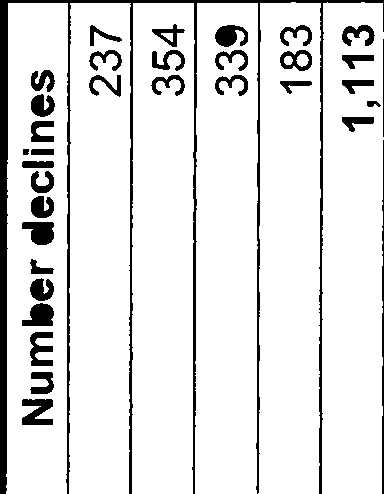
 MINISTRY OF SOCIAL
DEVELOPMENT
MINISTRY OF SOCIAL
DEVELOPMENT
TE MANATU WHAKAHIATO ORA
17 March 2023
Rose Tafford
fyi-reguest-21512-14306 lfc@reguests. fyi .org. nz
Tena koe Rose Tafford
On 17 February 2023, Kainga Ora transferred part of your request for
information to the Ministry of Social Development (the Ministry). The part of
your request that was transferred to the Ministry is being considered under
the Official Information Act 1982 (the Act), in particular:
6/
how many tenants on the Kainga Ora housing waiting list in 2020
and 2021 turned down a property or demanded a larger home.
7/
For Intergenerational families wanting to live together are all adults
interviewed or carefully considered as to whether they are eligible to
be housed by Kainga Ora.
Demand for housing across New Zealand is growing and many people are
experiencing a severe and immediate need. This demand is generated by a
shortage of affordable housing driving up house prices and rents. People on
low incomes are most affected by rising housing costs and many seek
financial help through the Ministry.
When New Zealanders need Public Housing, their needs are recorded on
either the Housing Register or the Transfer Register. The Housing Register
shows people who are not currently in Public Housing but who have been
assessed as eligible for Public Housing. The Transfer Register shows people
already in Public Housing who have applied to be rehoused. The combined
register is referred to as the Public Housing Register (the Register). While
the Ministry completes housing assessments which inform the Register,
responsibility for funding and supply sits with the Ministry for Housing and
Urban Development and Kainga Ora, respectively.
The Register is dynamic rather than static, and it changes as people's
circumstances and situations change. Placing people and families into houses
is about matching them with the right house in the area they want to live.
This includes ensuring the family has the right number of bedrooms, is close
to essential services such as schools, and that the accommodation meets any
disability needs if appropriate. Those assessed as having greater need for
housing will be prioritised higher. As people's needs change, their priority on
